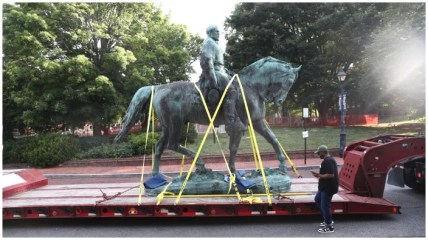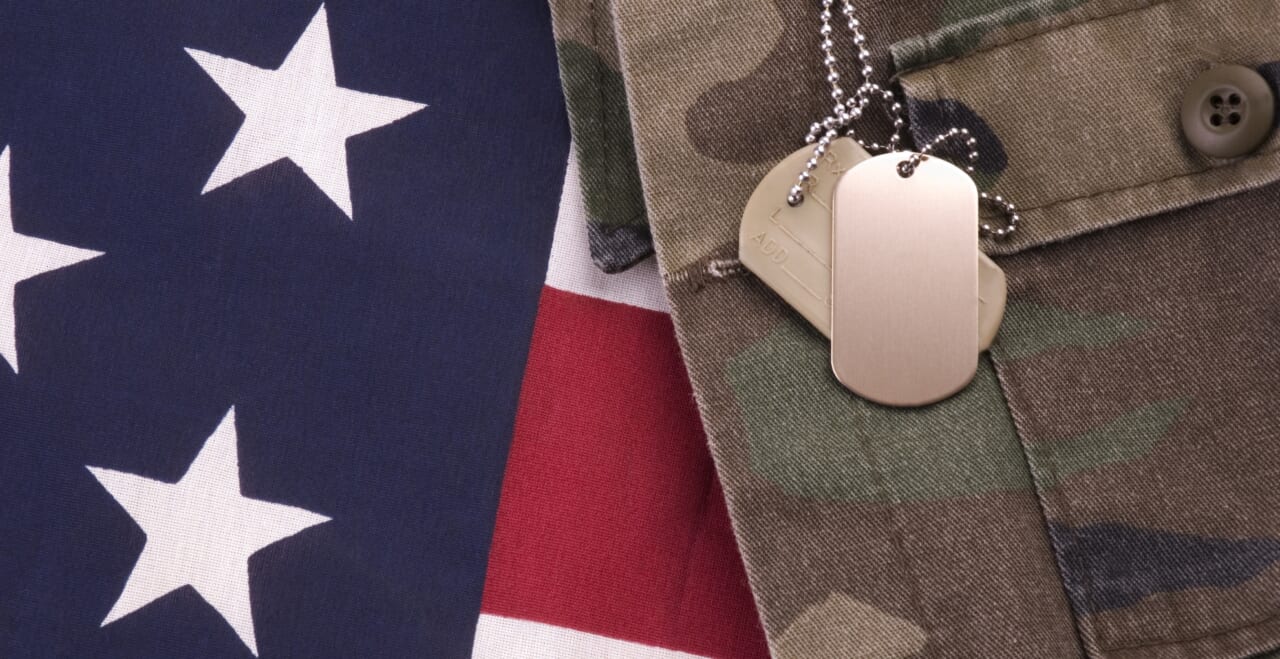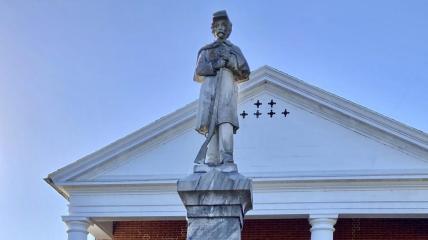We must continue to rewrite the Confederacy’s revisionist history
OPINION: The third edition of the Southern Poverty Law Center's 'Whose Heritage?' project—which tracks the removal of Confederate memorials around the country—is set for release during Black History Month.
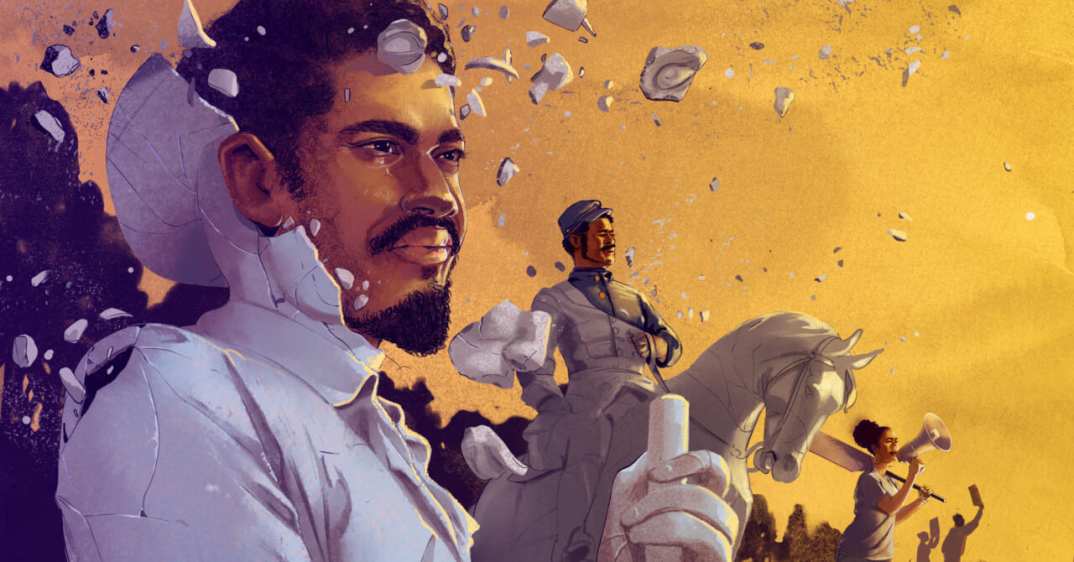
The 2015 massacre of nine Black Americans during Bible study at the Emanuel African Methodist Episcopal Church in Charleston, S.C., was sadly reminiscent of the 1963 white supremacist bombing of the 16th Street Baptist Church in Birmingham, Ala.
The person responsible for the mass shooting was motivated to murder Black Americans using the same tired, racist tropes that fueled violent white resistance during the civil rights movement. Notably, the Emanuel African Methodist Episcopal Church perpetrator was radicalized into white nationalist ideology by an offshoot of the powerful segregationist White Citizens Councils birthed in the 1950s. The group is now known as the Council of Conservative Citizens, which is considered a designated hate group by the Southern Poverty Law Center (SPLC).
Images of the killer proudly displaying the Confederate battle flag prior to the mass shooting are not uncommon for white supremacists. Despite the false claims that such displays are about heritage and not hate, the SPLC has long documented the prominent presence of Confederate memorabilia at gatherings of white supremacists.
But the embrace of the Confederate battle flag triggered an unexpected consequence— a renewed demand from South Carolinians to take down the Confederate flag that flew in front of the state Capitol. That call has initiated nearly seven years of community action and response, which has resulted in hundreds of memorials to the Confederacy being removed from public spaces nationwide.
The SPLC has always believed the Confederate memorials strategically placed on public property across the country are deeper than a celebration of heritage. After the Charleston church shooting, the organization wanted to tell the real stories behind Confederate memorials while encouraging an honest conversation about the statues’ true intent—to intimidate and instill fear in Black Americans who dared exercise their newfound freedoms.
The Whose Heritage? project was created to show how prevalent these harmful symbols were beyond the Confederate battle flag in South Carolina. As the SPLC assessed data coming in from around the country, a direct correlation was made clear between the sheer number of these monuments in public spaces, the resistance to removing them and the persistence of white supremacist culture in the United States.
Once the Confederate battle flag was removed from South Carolina’s statehouse grounds, the issue faded into the background until being reawakened by the prominent display of Confederate symbols at the deadly 2017 Unite the Right demonstration in Charlottesville, Va., which took the life of young activist Heather Heyer.
When the world was forced to witness the public lynching of George Floyd at the hands of law enforcement in 2020, Black Americans and allies immediately seized on public displays of white supremacy, notably monuments and memorials venerating Confederate leaders. This resulted in 159 of those oppressive symbols being removed—the largest number since we began tracking—from all types of public spaces, including military property and bases honoring Confederates. This was also the year that Confederate portraits were removed from the U.S. Capitol and one of many Robert E. Lee tributes was replaced with a likeness of civil rights activist Barbara Rose Johns.
Yet, the Confederate battle flag managed to seize the spotlight again by having a prominent presence at the 2021 insurrection. For the first time in American history, this symbol of hate entered the Capitol as an act of insurrection.
Confederate enthusiasts continue to assert that these symbols are about heritage, not hate. The problem is, they only celebrate white heritage, not the united American experience. That argument ignores the near-universal heritage of Black Americans who were enslaved and later subjected to brutal oppression under Jim Crow. What they claim as heritage is actually a revisionist version of history, their way of branding the Civil War as a win instead of the treasonous loss it was.
Confederate supporters also declare those who oppose Confederate symbolism want to “erase history,” despite the fact that the inscriptions on many of these symbols are written to make those who fought to enslave Black Americans appear heroic. This argument conveniently ignores the fact that 750,000 American lives were lost in the process.
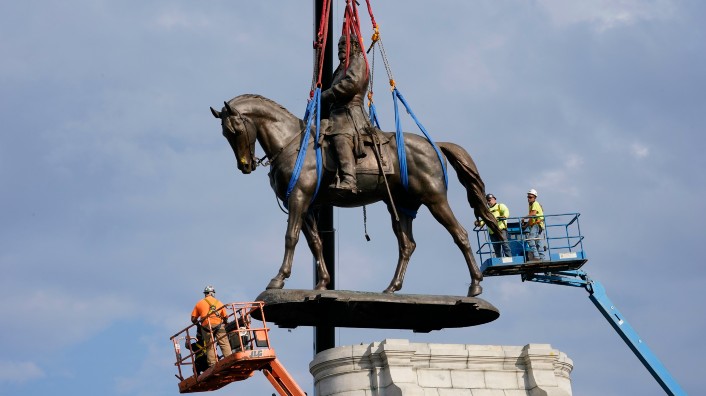
Taking down Confederate symbols has never been about erasing history—it is an effort to end the government’s endorsement of a symbol that represents the oppression of an entire race of people—Black Americans.
Yet there is another element to this issue that is really important to remember: the Civil War was much bigger than just white soldiers. The war directly impacted civilians, women, and Black Americans. When supporters say removing memorials erases history, they are forgetting that there is already a vast part of history that has been erased—that being the history of everyone except white Southerners.
The SPLC’s work to remove symbols of the Confederacy from public space continues to fill me with pride and feed my resilience. Dismantling white supremacist culture from structures and institutions in public space is exactly what is needed to move the nation to a place where all are embraced and honored. It represents a true reckoning by acknowledging the untold pain, hurt, and harm inflicted on Black Americans by the veneration of those who sought our continued enslavement. The truth matters.
The third edition of Whose Heritage? is being released during Black History Month to keep support for this movement going forward. Our Sounds Like Hate podcast aptly titled “Monumental Problems” also examines the power of these symbols and how deeply rooted they are in American culture. It is critically important to continue having honest conversations about the values and beliefs we want represented on public land.
The data and information in this updated report continue exposing the revisionist history of the Confederacy. Together, we can turn the page on the darkest chapter of American history, teach the truth to future generations, and push for the remaining Confederate memorials to be removed.
The third edition of the Whose Heritage? Public Symbols of the Confederacy report, data, and map will be released on Feb. 1.
Lecia Brooks is the Chief of Staff and Culture for the Southern Poverty Law Center and the SPLC Action Fund. Lecia also previously served as the SPLC’s outreach director and was director of the SPLC’s Civil Rights Memorial Center, an interpretive experience designed to provide visitors with a deeper understanding of the civil rights movement.
Have you subscribed to theGrio podcasts “Dear Culture” or “Acting Up?” Download our newest episodes now!
TheGrio is now on Apple TV, Amazon Fire and Roku. Download theGrio.com today!
